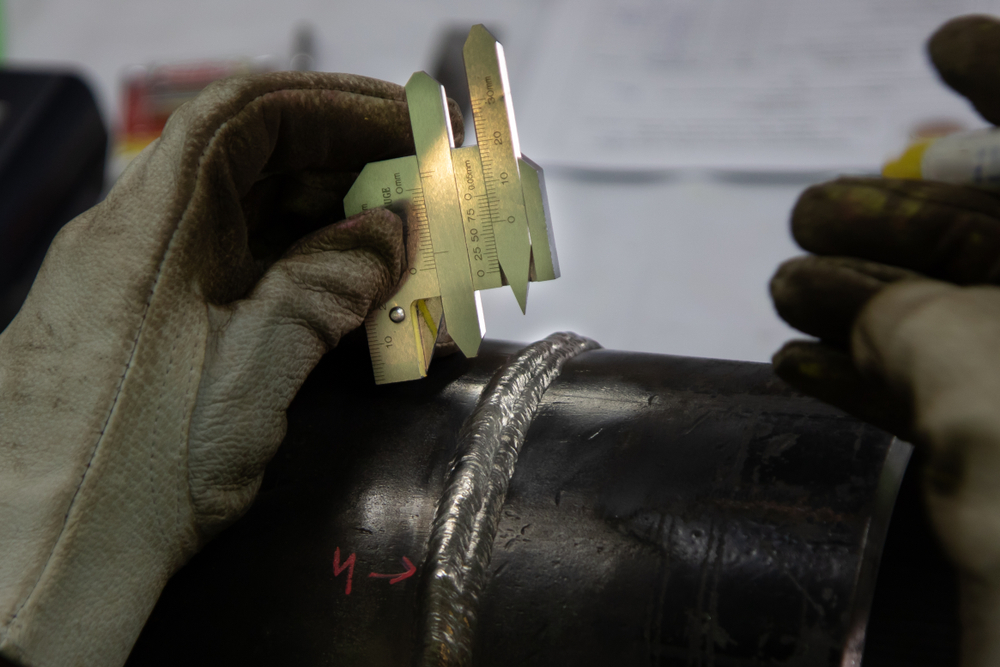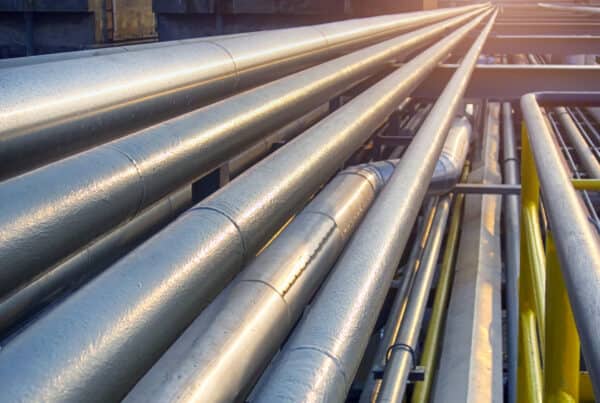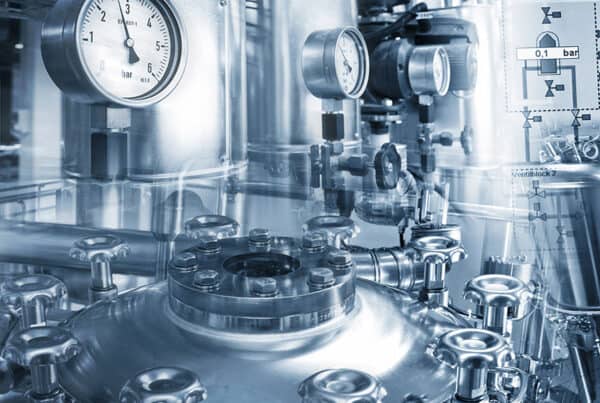
Fillet welding a pipe can add complexity to the joint, but comes with its own demands. The most obvious one is the challenge to achieve complete fusion while maintaining the perpendicular angle. To ensure that the fillet welds around a pipe will result in a high-quality and strong joint, we must explore the various welding techniques.
In this article, let us take a look at the various risks of fillet welding around a pipe and explore the role of orbital welding as a potential solution.
The Difficulty of Fillet Welds Around a Pipe
A fillet weld is when the two workpieces are joined at 90 degrees, or another angle. When fillet welding pipe-to-pipe or pipe-to-plate, the joint type is usually the lap or tee joint. To fabricate this along the internal or external diameter of the pipe, the welders may be required to assume many different positions. But given the nature of the joint, gravity affects the flow of the weld puddle, causing the molten metal to sag downwards. Sagging is more pronounced when welding in the overhead position. The result: insufficient root penetration.
There are also other issues with fillet welding.
- They require high heat input which can compromise the desired viscosity of the molten puddle.
- The high heat may also lead to burn-through and other weld defects, such as cracking and distortion due to excessive thermal stress.
- The resulting weld is not as strong when compared to the butt weld.
- Defects are hard to detect.
Overcoming these issues for a quality weld will require expert knowledge from welders and precision welding techniques.
Is Orbital Welding the Right Solution?
Weld defects, such as cracking, distortion, and incomplete penetration, stem from inconsistent or poor maintenance of the proper weld parameter control, heat input in particular. Fillet welds also demand control of specifics such as the wire feed rate, filler type, and electrode angle. During pipe welding, disregarding these parameters means the joint will have low strength and succumb under stress.
Orbital welding machines enable control, monitoring, and optimization of important weld parameters. The orbital weld head rotates around the pipe to weld in all positions. The machine generates heat in multiple levels to control the potential heat accumulation. The mechanism facilitates cooling and prevents the weld head from overheating and burning through the pipe. Without excess heat, the weld pool cools down before a sagging effect can occur.
Minimize Fillet Welding Defects With Orbital
Common issues with pipe welding are contamination, cracking, and incomplete penetration when not prepared or welded properly. When fillet welding around a pipe, gravity is an additional factor that influences the shape of the weld pool. Thus, the selected welding technique must produce a weld profile that does not deform or rupture within the stress limits.
Preferably, the weld profile will exhibit convexity, as the extra filler metal can provide excess support to the weld. Orbital welding is ideal to produce this type of weld profile. The controlled generation of heat in multiple levels prevents heat build-up, producing a complete and reinforced fillet weld around a pipe.
Arc Machines, Inc provides a wide range of orbital welding equipment that can produce high-quality and efficient results when fabricating fillet welds around a pipe. For inquiries regarding products, contact sales@arcmachines.com. For service inquiries, contact service@arcmachines.com. To develop a custom solution, contact us to arrange a meeting.




